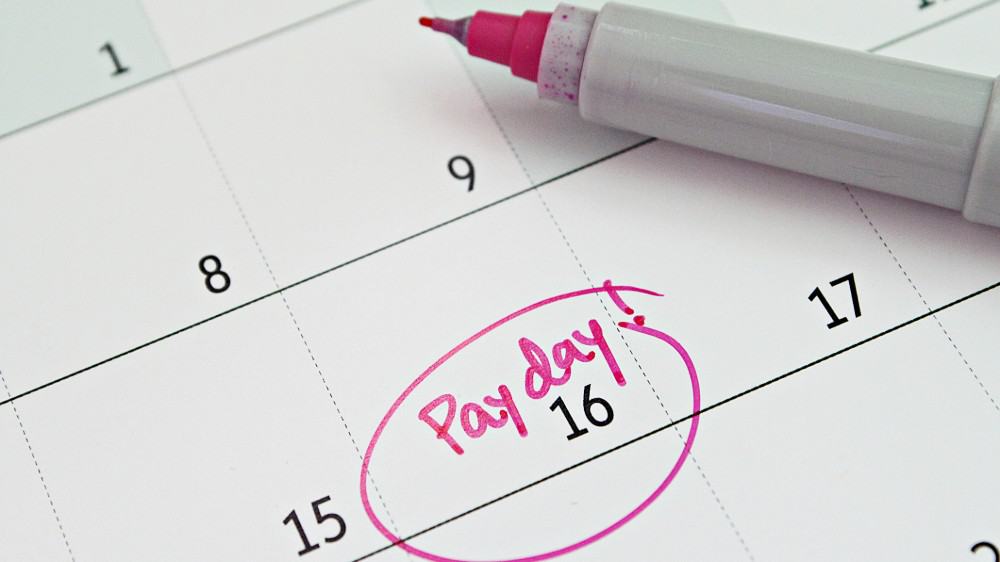In June, Justin Trudeau and the federal government decided to extend the Canada Emergency Response Benefit (CERB) for an additional eight weeks. Late last month, I’d discussed how investors could determine their eligibility for this increase. The extension came with something of an ultimatum from the federal government. Applicants were compelled to sign a document that said they were committed to finding employment.
The federal government has now made it official that the CERB will come to an end this fall. Earlier this week, I’d discussed how recipients should prepare for this inevitability. Today, I want to explore how CERB recipients can keep their monthly income payments through other avenues.
CERB aftermath: Prepare for the next stage of Employment Insurance (EI)
Some analysts have warned of how shutting down the CERB could negatively impact the millions of Canadians who have depended on it through this crisis. The federal government has vowed to update Canada’s Employment Insurance (EI) system to a modern-day model. However, the details on this system have been sparse.
The Workers Action Centre, which advocates for low-wage workers and those in precarious employment, said recently that many who make this transition will get between $600 and $1,000 a month if they are pushed into EI. This would be substantially less than the $500/week taxable income they received under the CERB program.
Recipients will be waiting anxiously for the updated federal government program. The economic reopening is a good first step, but many Canadians are still in a dire financial and employment situation. CERB recipients who are worried about the future may want to consider another way.
Construct a passive-income alternative
In investing terms, passive income is earnings that are derived from an asset. This can come in the form of rental income, limited partnership, or through a stock holding. CERB recipients with cash on hand should look to registered vehicles like the Tax-Free Savings Account (TFSA). A few thousand dollars can start investors on the path to constructing a passive-income empire. Even better, in a TFSA that income will not be taxable.
Bird Construction is one stock that CERB recipients should target in their TFSA. The company operates as a general contractor in Canada. Its shares have surged 36% over the past three months as of close on August 6. The stock last paid out a monthly distribution of $0.0325 per share. This represents a strong 5.7% yield. Moreover, its shares last had a favourable price-to-earnings ratio of 17. Meanwhile, the economic reopening will lead to more activity in construction. CERB recipients should consider stashing this dividend beast in their TFSA today to start their new passive-income journey.
Why the CERB may not be gone forever
Many Canadians have shown that they are not opposed to the idea of a guaranteed income. Indeed, Justin Trudeau’s Liberals won a majority in 2015 with a guaranteed income pilot project on the table. The CERB may be extinct by the end of 2020, but its legacy may usher in a permanent guaranteed income.









